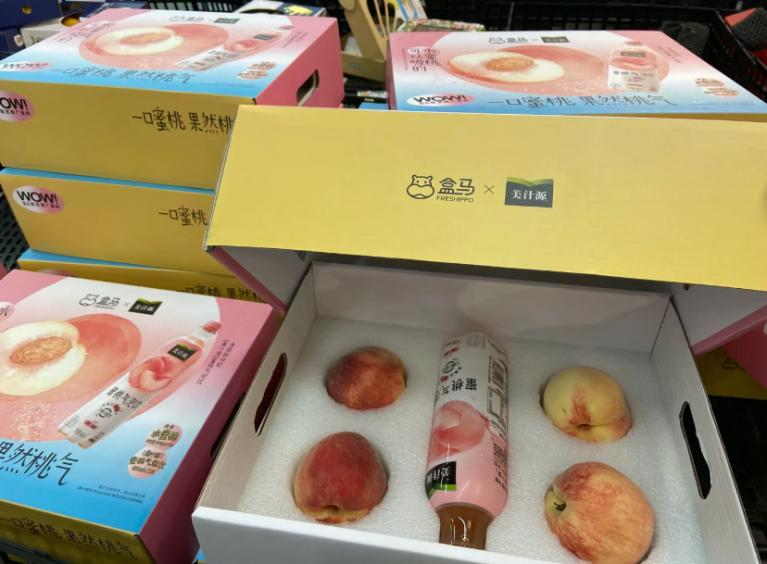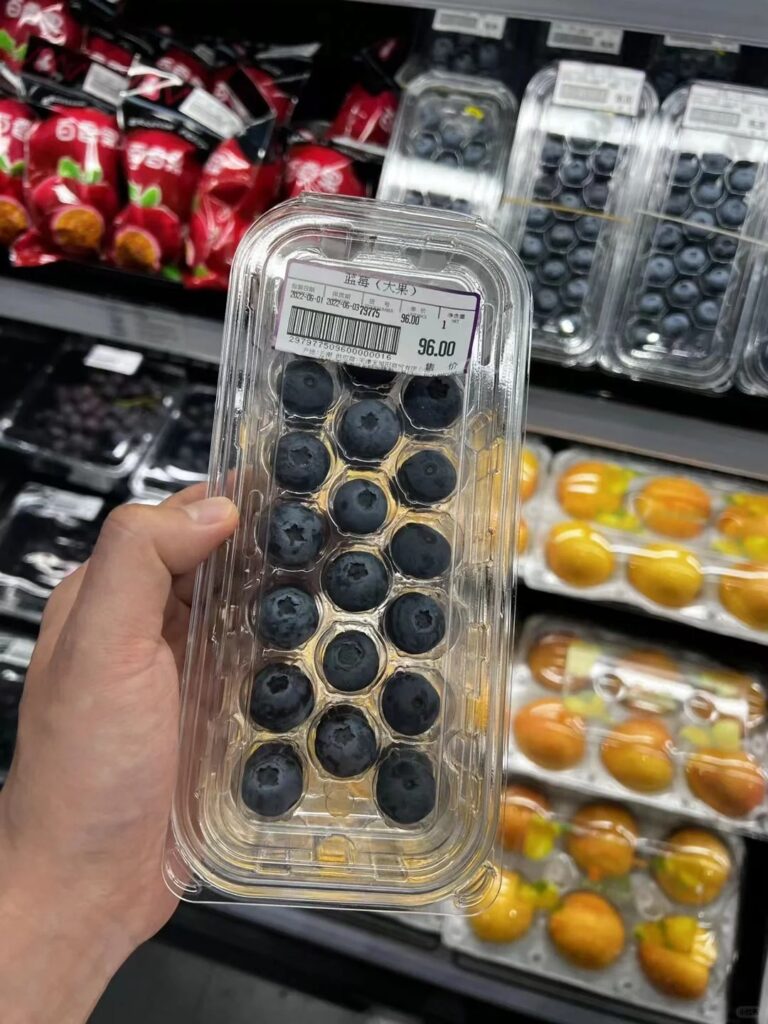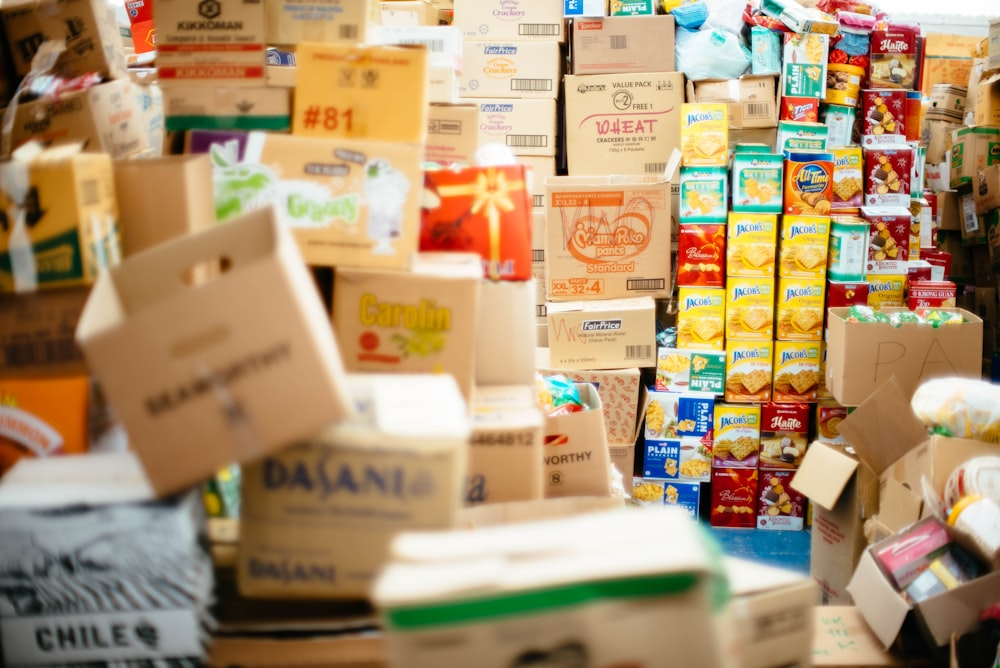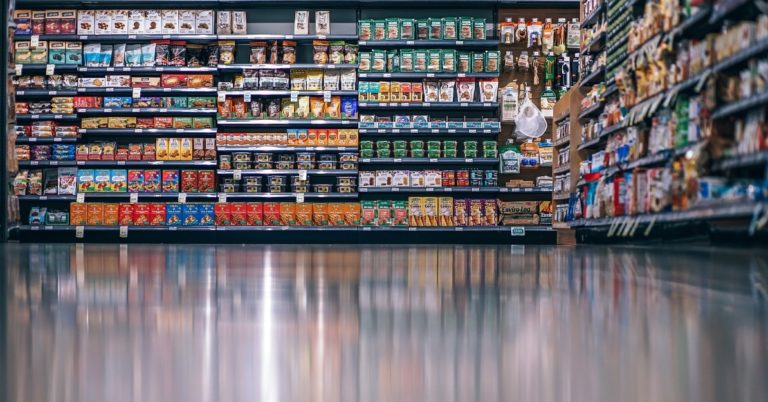The issue of excessive packaging has long been a contentious topic in China. In 2010, China introduced a mandatory standard aimed at curbing excessive packaging for various products, including food and cosmetics. According to a report from the China Consumers Association, a significant majority of consumers, 80.7%, are against excessive packaging, with only 14.7% expressing complaints related to their rights. Excessive packaging is not solely an economic concern; it also represents a multifaceted social issue.
This trend initially emerged in the realm of gift-giving, encompassing items such as mooncakes, health products, alcohol, tea, cosmetics, and various other goods. Chinese consumers place great importance on the aesthetic appeal of products, particularly when presenting gifts, leading them to favor items with elegant and finely packaged appearances. In response, manufacturers have capitalized on consumers’ psychological preferences by prioritizing elaborate packaging designs. However, an increasing number of consumers are becoming aware of the hidden costs associated with excessive packaging, realizing that they ultimately bear the financial burden and that the waste generated poses environmental challenges.

Enhanced regulations to prevent overpackaging
Despite the introduction of pertinent policies, the specifications for various product categories remain insufficient. To effectively oversee the specified product range and address contentious issues from the past, the Chinese State Regulation for Market Regulation (SAMR) officially enforced GB 23350-2021 “Limiting Excessive Packaging Requirements for Goods, Food, and Cosmetics” on September 1, 2023.
This national standard not only applies to food and cosmetics produced and sold in China, excluding exports, gifts, and non-commercial items, but also extends to imported overseas brands and foreign brands in China. The standard provides more detailed methodologies for calculating packaging layers and void ratio. It addressed the contentious practice of bundling unnecessary items like red wine, tea, knives, and forks into the mooncake gift box. The directive expressly prohibits this by stating that ‘mooncakes must not be mixed with other products.’ Additionally, the report sets guidelines for packaging costs, capping the cost of all packaging, except those in direct contact with the contents, at no more than 20% of the product’s sales price, thereby alleviating the burden of excessive packaging costs on consumers.
How can brands deal with excessive packaging
Utilizing eco-friendly packaging materials to alleviate environmental impact
The Shanghai Market Supervision Bureau highlighted cosmetics as the primary offender in excessive packaging, with an alarming 70% non-compliance rate due to oversized packaging gaps. In 2020, regulatory authorities identified Estee Lauder, La Mer, Chanel, Gucci, and other prominent brands for excessive packaging. Notably, the skincare brand, Florasis, has also been criticized for excessive packaging, and it was found that half of the 177 patents it filed were related to product packaging design.
As such, brands are exploring various strategies to address this issue, including reducing packaging materials and adopting environmentally friendly alternatives. With the growing global concern about climate, environment, and energy issues, more and more beauty companies are paying attention to the environmental protection of their products. Internationally recognized beauty brands like Estee Lauder and Amorepacific have pledged to develop recyclable packaging materials, aiming to diminish plastic usage in product packaging. Their commitment extends across the entire supply chain, from packaging material procurement to consumer habits, advocating for 100% recyclable, reusable, or compostable packaging to advance sustainability objectives.

Many brands handle it quietly rather than proactively
Since January 2024, according to the latest regulations, the Shanghai Market Supervision and Administration has successively announced the results of its 2023 spot checks on various commodity packaging. In the cosmetics category, notable brands such as L’Oreal, Pechoin, CHANDO, and KANS were cited for issues including unqualified packaging void ratios, wasteful packaging, and inadequate packaging layer numbers. The packaging void ratio refers to the ratio of empty space volume after removing the contents to the total package volume. A high index indicates that the product is small relative to the outer package. Meanwhile, this is not the first instance of L’Oreal facing scrutiny for excessive packaging.
Moreover, in 2016, Pechoin was exposed due to unqualified packaging void ratios. As of April 5th, Pechoin’s official Taobao flagship store continues to sell the men’s lotion three-piece set, indicating that the relevant departments do not have a complete process to follow up. Meanwhile, no offending products were found for sale at L’Oreal’s official flagship store on March 14th. Most brands seem to be addressing the identified issues with the products in question, yet there has been no official response from the brands.
Can excessive packaging be curbed by new regulations?
Nevertheless, addressing the present issue requires concerted efforts from regulators, product vendors, and consumers, each bearing their respective responsibilities. From a legal standpoint, the People’s Republic of China’s Law on the Prevention and Control of Environmental Pollution by Solid Waste has established punitive measures for enterprises engaging in excessive packaging practices. As per the stipulations, offending enterprises face fines ranging from “more than RMB 2,000 yuan to less than RMB 20,000 yuan,” with more severe cases subject to fines between “more than RMB 20,000 yuan and less than RMB 100,000 yuan.” However, the current procedure involves warnings followed by corrective actions; refusal to comply results in fines. Yet, for large corporations with substantial assets, such penalties are often perceived as inconsequential, failing to serve as an effective deterrent.

Furthermore, the implementation of an extended producer responsibility system remains incomplete in China. This system expands the producer’s accountability beyond the product’s manufacturing phase to encompass its entire lifecycle, particularly recycling and disposal after it becomes waste. Currently, manufacturers are solely accountable for the production process and are not held liable for other consequences, posing challenges for market oversight agencies. While consumer attitudes are gradually shifting towards prioritizing environmentally friendly options over extravagant appearances, the current market fails to offer sufficient green alternatives. Despite 80% of consumers expressing opposition to excessive packaging, over 40% still admit to purchasing such products, acknowledging their awareness of the issue. Consequently, consumer environmental consciousness often succumbs to the lack of viable choices.
A link not to be ignored: Excessive packaging in China
- Excessive packaging in China has always been a hot issue, with Chinese consumers favoring extravagant packaging to showcase their status, leading many manufacturers to exploit this trend opportunistically
- Chinese consumers are increasingly opposing excessive packaging as unnecessary packaging costs are passed on to them, and surplus materials are placing strain on the environment.
- To better address this issue, the Chinese government has issued more detailed provisions specifically targeting food and cosmetics.
- Some brands are adopting environmentally friendly materials for packaging to reduce environmental pollution.
- Many brands often choose not to officially address overpackaging but instead opt for the removal of the related products from their shelves.
- All stakeholders – government, businesses, platforms, and consumers need to share responsibility in establishing a holistic governance system to promote responsible packaging practices.





